This week our guest writer Shehrazade Zafar-Arif reviews the new exhibition at Croydon Art Space, on until 10 August.
I almost walked right past Croydon Art Space, tucked inconspicuously as it is between grocery stores and chicken shops on Lower Addiscombe Road. But once you know where it is, it’s impossible to miss the striking cobalt blue sign.
The gallery is the brainchild of Paul Hall, who founded it during lockdown. Paul gave me a personal tour of the Mirror of Life exhibition, sprinkling my visit with nuggets about the gallery’s story and personal details about each artist, his passion and love for art evident in every word.

Galina Gumbarova – Through The Looking Glass
I asked Paul what the inspiration was behind the Mirror of Life as a theme, and he showed me Galina Gumbarova’s painting, Through the Looking Glass, by the entrance: a woman’s face overlaid in shadow, an interplay between light and dark. It seemed a fitting starting point for an exhibition that wove together a variety of works across different mediums, creating a cohesive narrative under the umbrella of a broad theme.
The gallery is a small, intimate space, split into three rooms. Room 1, titled ‘Black and White’, showcased paintings and photography as well as ceramics and sculptures. As the first thing you see as you walk into the gallery, the monochrome had a soothing effect, initially subtle but urging you to pause and look closer to unpack the beauty of the artwork. I was particularly struck by Galina Gumbarova’s scraperboard art, intricate etchings on dark ink that made the images burst with life despite the lack of colour.
Moving from Room 1 into Room 2, aptly titled ‘Colour in Splendour’, I felt like Dorothy stepping into the technicolour world of Oz. I overheard a visitor, whom I later learned was a regular, pointing out a painting and a ceramic she was interested in buying. The ceramic was by Martin Cade, one of the gallery’s best selling artists, whose work consisted of beautifully symmetrical, latticed pieces. In contrast, Elizabeth Knapp’s wooden upcycled pieces, made from recycled materials, had a gritty, rustic charm.
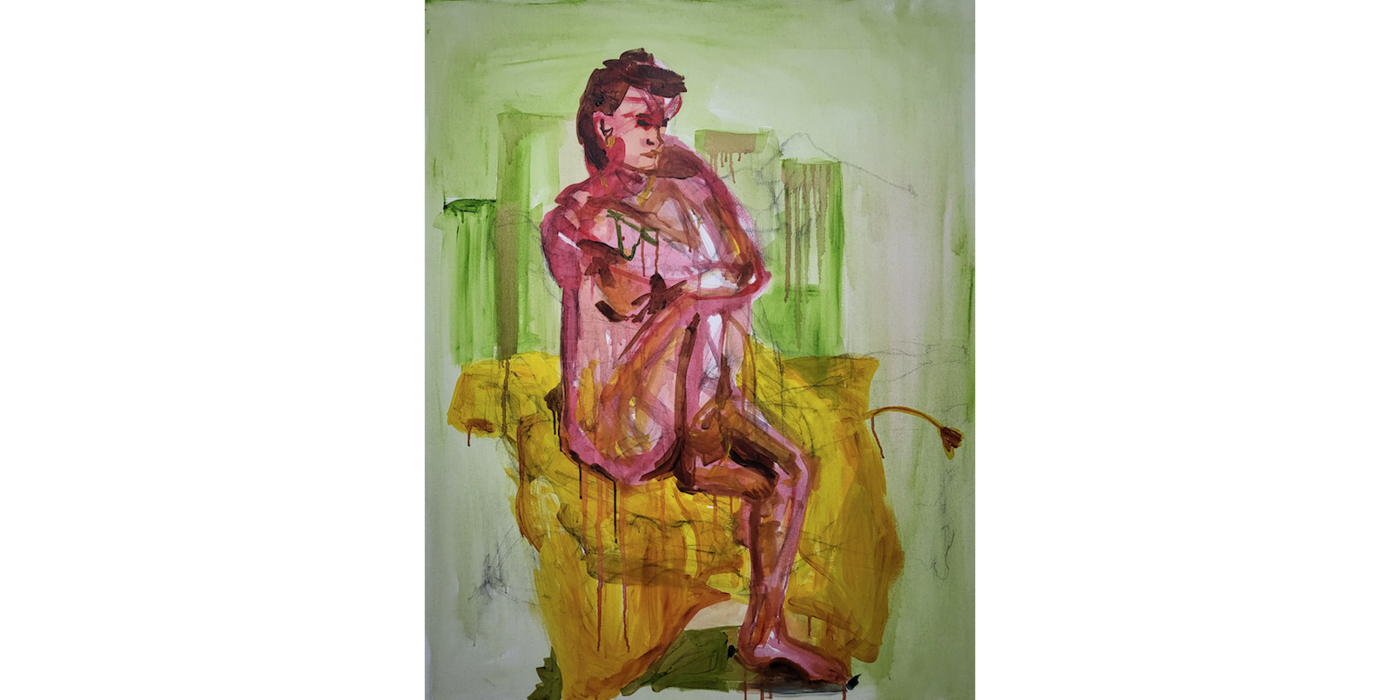
Tina Crawford – Muse
Among the paintings, Tina Crawford’s Muse, a gorgeous study of a lounging woman done in heady colours, dominated the room. Crawford, the most famous artist to come out of Croydon, is known for her needlework rather than her paintings. Paul was able to feature her in the exhibition after her mother and sister, serendipitously, visited the gallery.
The only non-colourful work in the room was no less arresting: at first glance, I thought Rachel Weinberg’s pieces were chalk paintings, but instead she had used clever lens work to create ghostly impressions and play with depth and perspective. She was one of several artists displayed, who Paul had known for some time, and whose work he had seen develop and evolve.
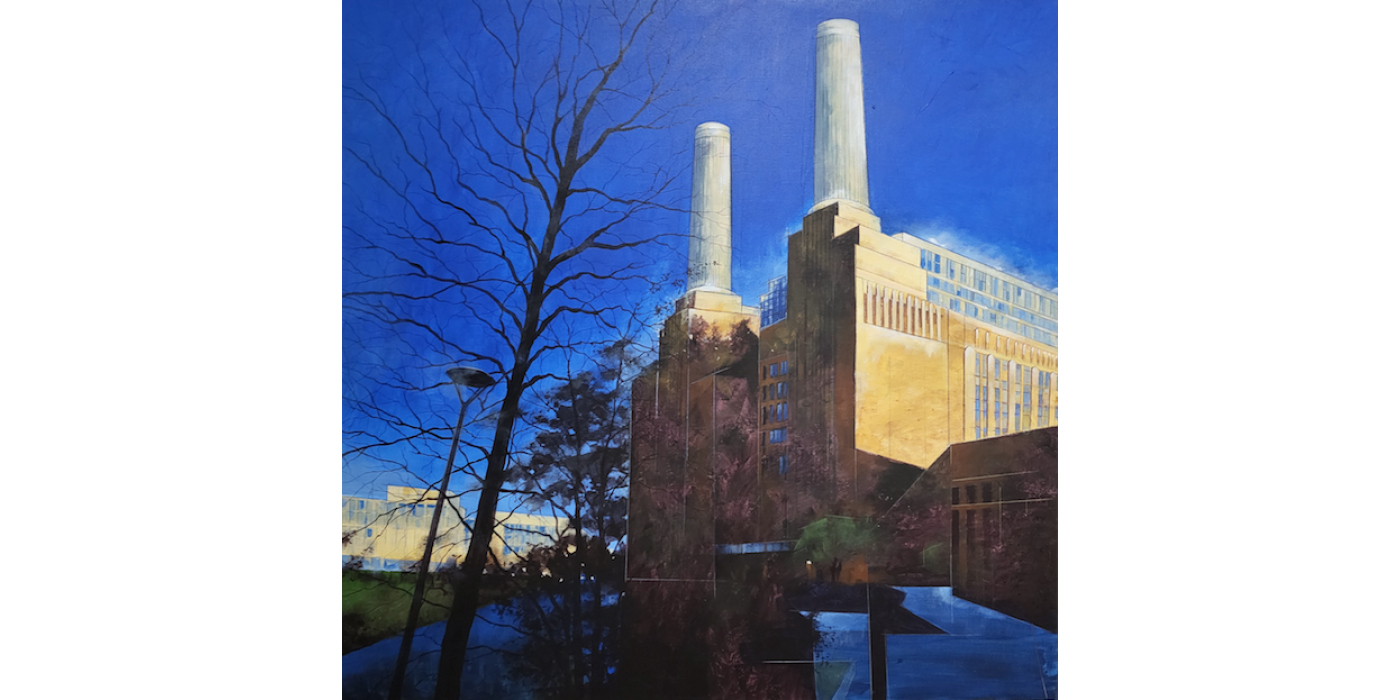
David Wolverson – Battersea Power Station, Early Evening
My eye was drawn to the brilliant cobalt blue that characterised David Wolverston’s paintings – amusingly, to my mind, matching the Croydon Art Space’s sign. Paul came across David’s work at the Crystal Palace Affordable Rate Art Fair, and has been working with him since. He told me he usually discovers artists by visiting exhibitions, and then builds long-term relationships with them so he can continue championing their work. He also gets approached, but makes it a point to meet with artists individually so he can get to know their ideas. He is very selective about what he exhibits, and there was no denying he had a good eye, not only for art but for pairing together pieces that complement and breathe life into each other.
Room 3 was my favourite. Paul was amused to hear this; he had noticed visitors tended to linger there the longest. Titled ‘Beyond Words’, it housed those pieces that didn’t solidly fit into the other rooms. Paul had curated it around Daisy McMullan’s dreamy series of paintings of wildflowers, but the connection between the works on display wasn’t immediately obvious to me. While the previous rooms combined the natural with the urban, this one seemed to transcend beyond the natural and into the cosmic, even pushing the boundaries of what we define as art.
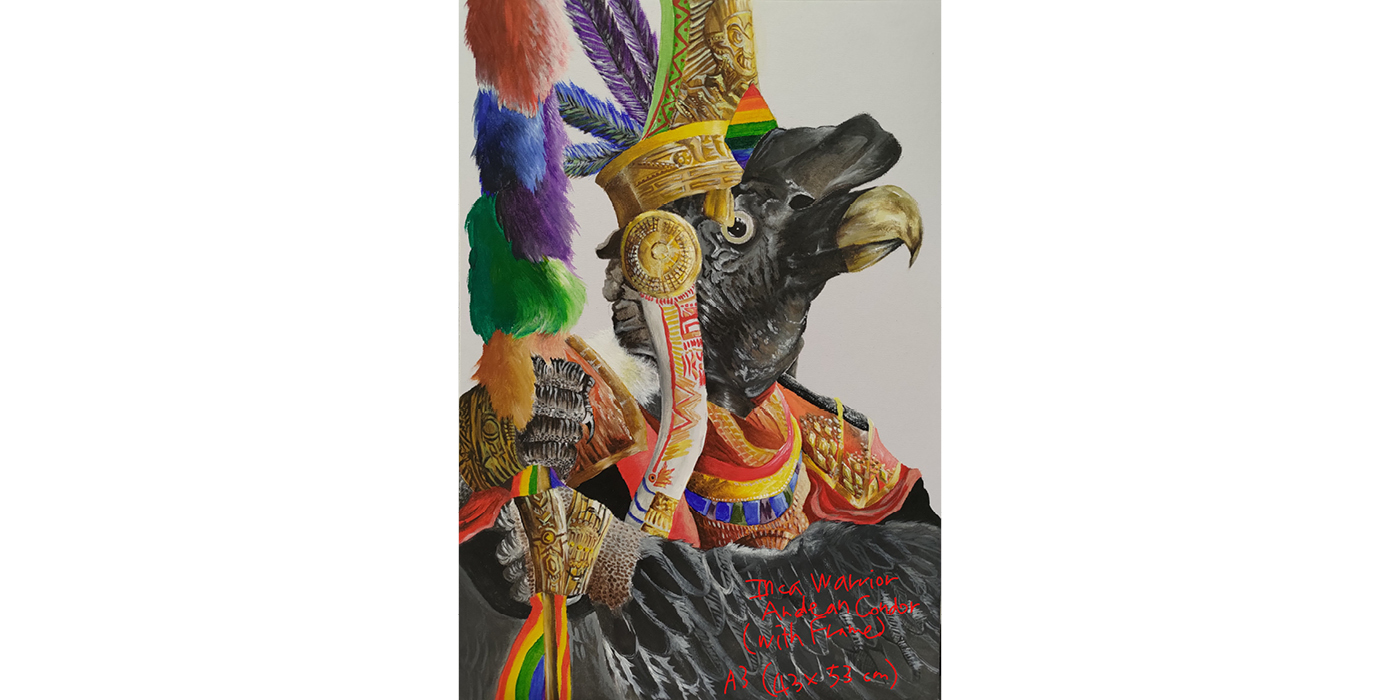
Sabrina Pun – Andean Condor Inca Warrior
I was particularly fascinated by the works of Sabrina Pun, who won the Croydon Art Space Young Artist of the Year in 2023, and is currently completing her BA in Fine Arts. Her surreal, colourful paintings merged folklore and mythology with an almost psychedelic style, using anthropomorphised animals and cosmic figures.
It was also home to the only digital art print, Lee White-Samuels’ Site Seen, made with help from his daughter, and the result of Paul wanting to showcase something slightly different from the other art on display. This inevitably prompted a discussion about AI-generated art, the subject of such contention in the art world. Paul admitted that he worried about how computers replacing creativity meant we might lose the joy of learning. He had seen an AI-generated artwork recently at an exhibition, which he described as nice, but somehow too perfect. Looking around the room, I found myself noticing the imperfections in the artwork I had admired – imperfections that were not flaws. I wondered what it meant for the future of art, whether small, eclectic exhibitions like this one would survive.
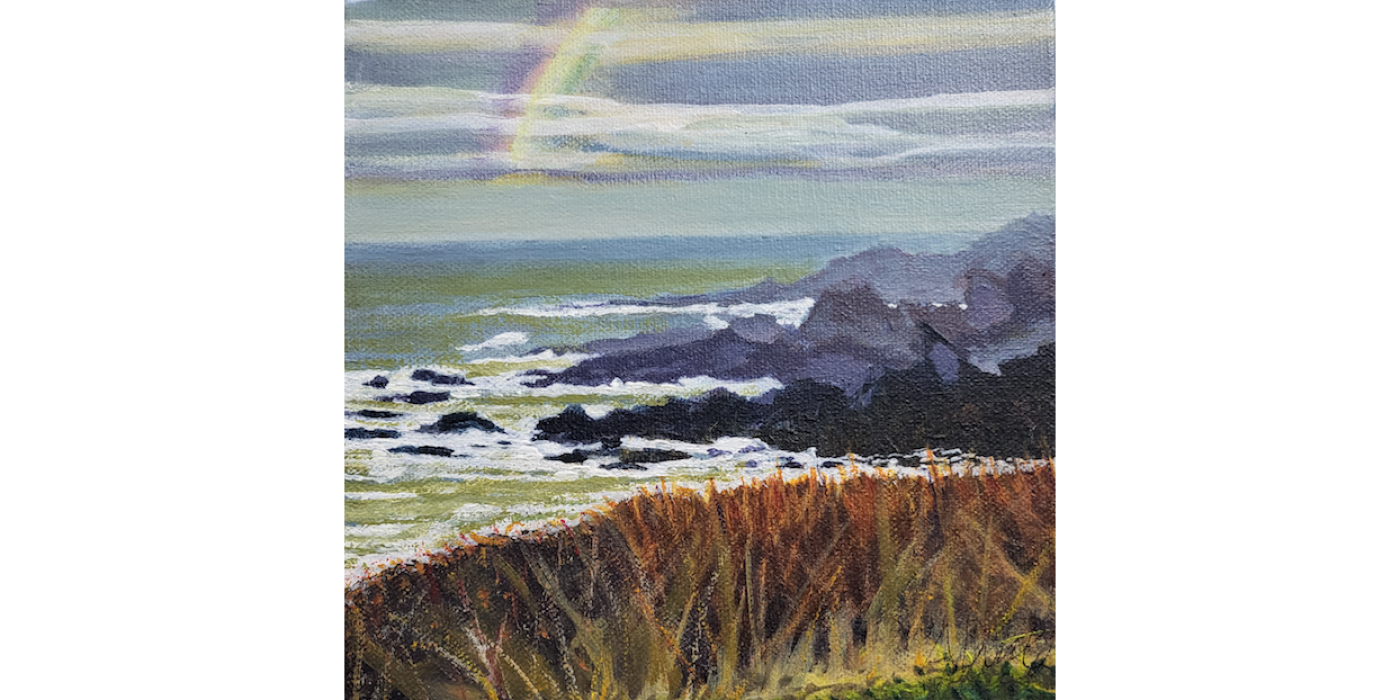
Amanda Duckworth – Red Grasses and Rainbow, Hartland
As he walked me out, Paul asked how I felt going into Room 1 from Room 2. I confessed I found the jump from colour to black and white a bit jarring compared to the other way round. It struck me how much my enjoyment of the experience came from the journey through the gallery’s space and how it had been laid out.
I asked Paul what the future held for Croydon Art Space, still such a young gallery, and if he had plans to expand. “Small is beautiful,” he replied. The smallness of the gallery means Paul is able to speak to any visitor who comes through, even give them a personal tour, creating an intimate experience that is often lost in bigger galleries and museums.

Peter Clossick – Anatomy of Man
While Paul is interested in expanding the gallery’s audience base, ultimately he is committed to championing a positive impression of Croydon and giving back to the community. Though the gallery featured artists from outside Croydon, across South and even North London, this mission has always been its beating heart, which is why Paul is constantly seeking to uplift and mentor up-and-coming artists. It feels like a space where a community of artists and art lovers can come together in conversation as the artistic world, and the city, evolve around us.
Stepping out onto the street, I was struck again by the incongruity between the gallery’s location and what its interior contained. But perhaps that’s part of its charm, as a hidden gem in the heart of Croydon.
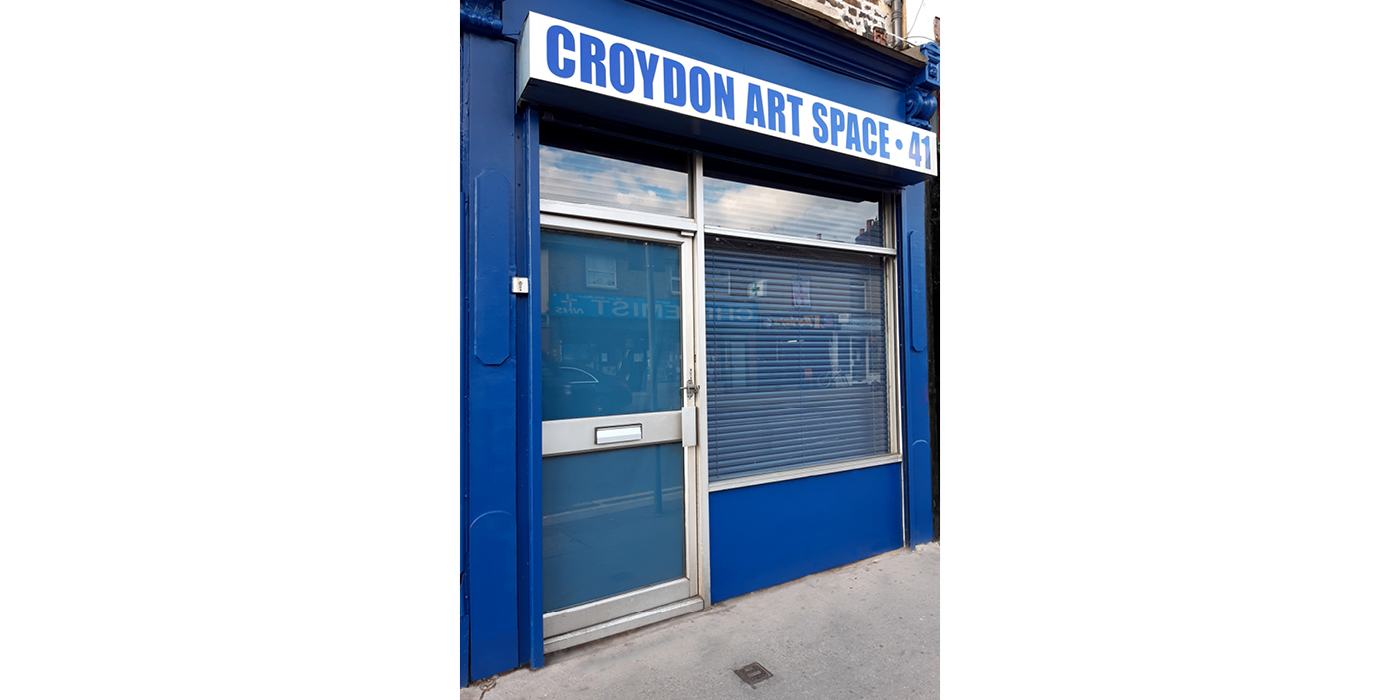
The Mirror of Life exhibition is running until 10 August 2024. Free tickets can be booked on Eventbrite.
Croydon Art Space is located at 41 Lower Addiscombe Road, Croydon CR0 6PQ. Find out more about the gallery on their website and follow them on Instagram.
Posted by guest writer Shehrazade Zafar-Arif
Shehrazade is a freelance writer and journalist based in Crystal Palace. She is a theatre enthusiast who mostly writes about arts and culture.
Images courtesy of the gallery.
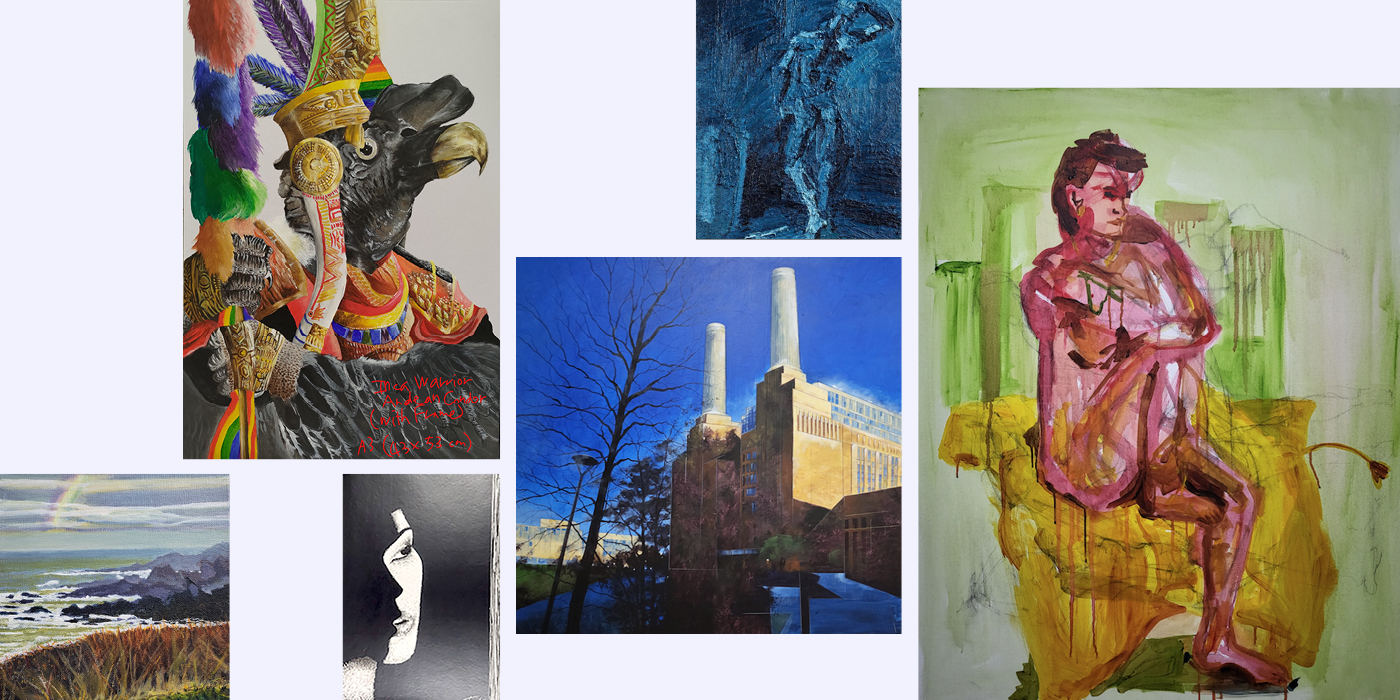
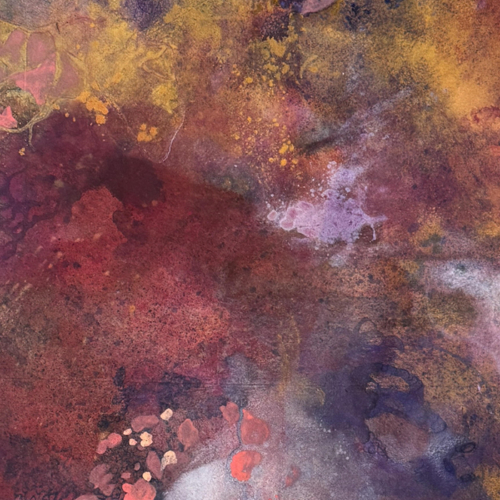
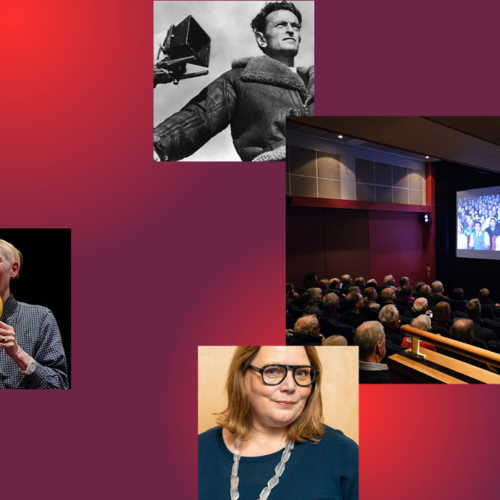
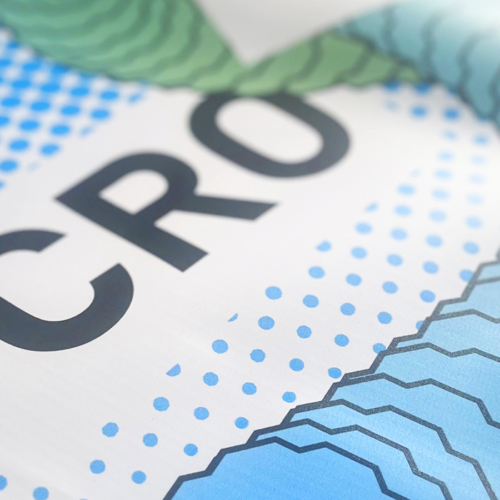
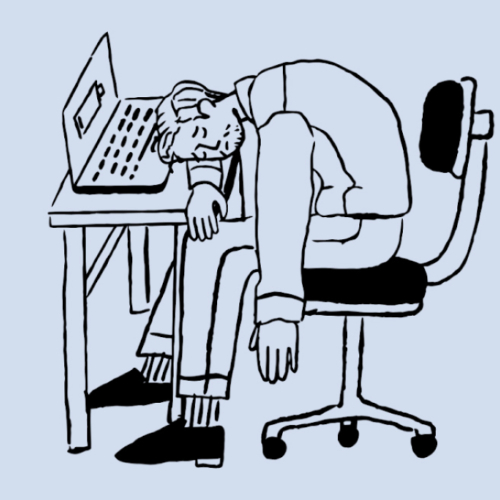
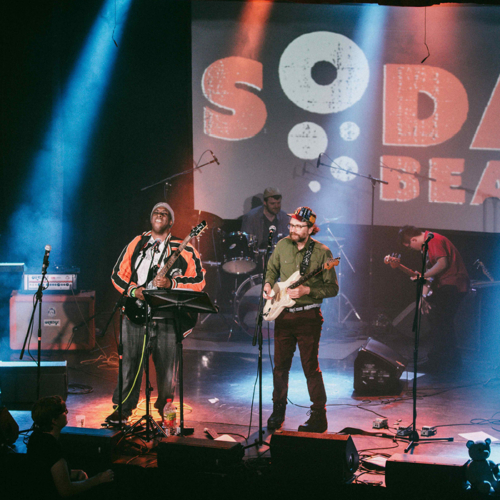
I love this gallery. The standard of the works on display is incredible – having recently visited the Summer Exhibition at the R.A., I consider that some of the works would comfortably fit into that exhibition, they are so accomplished.